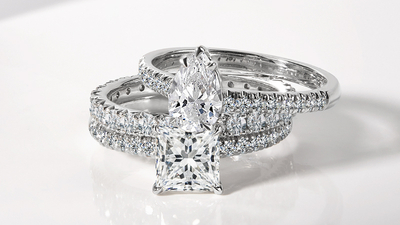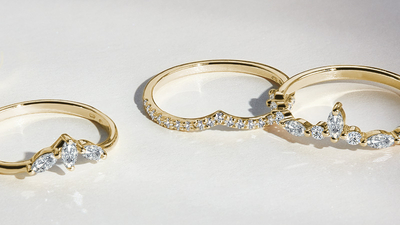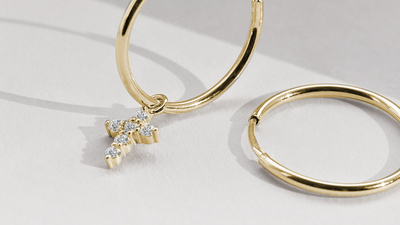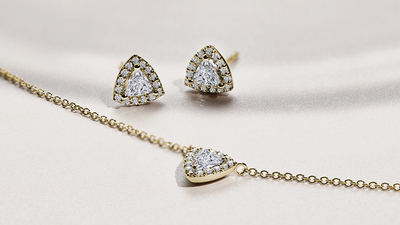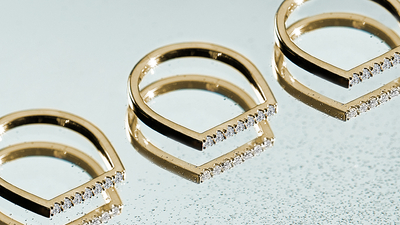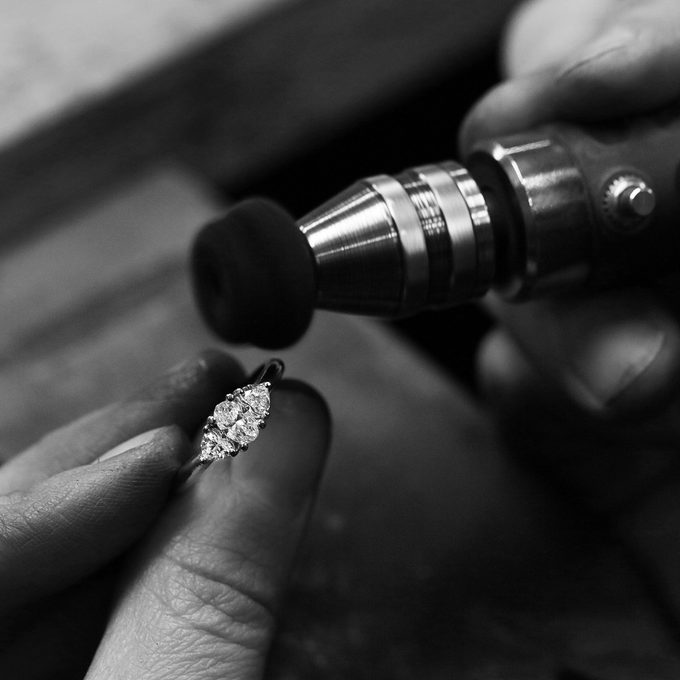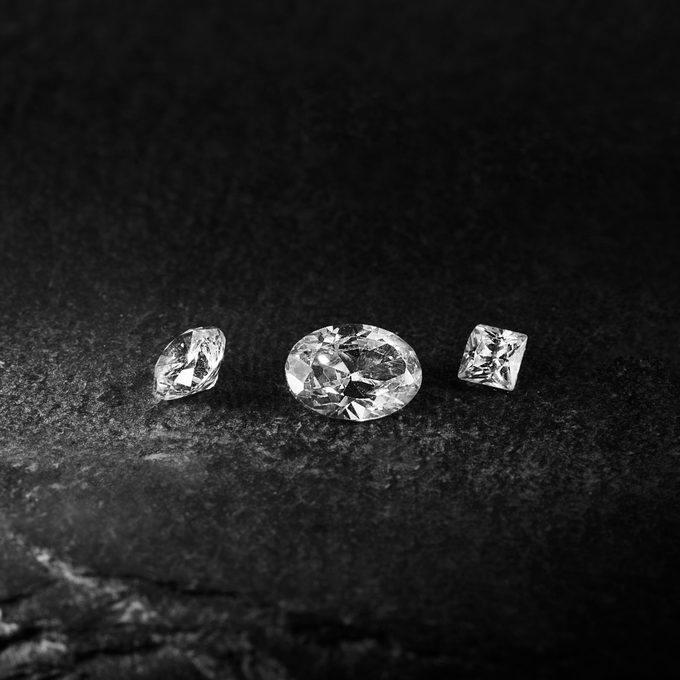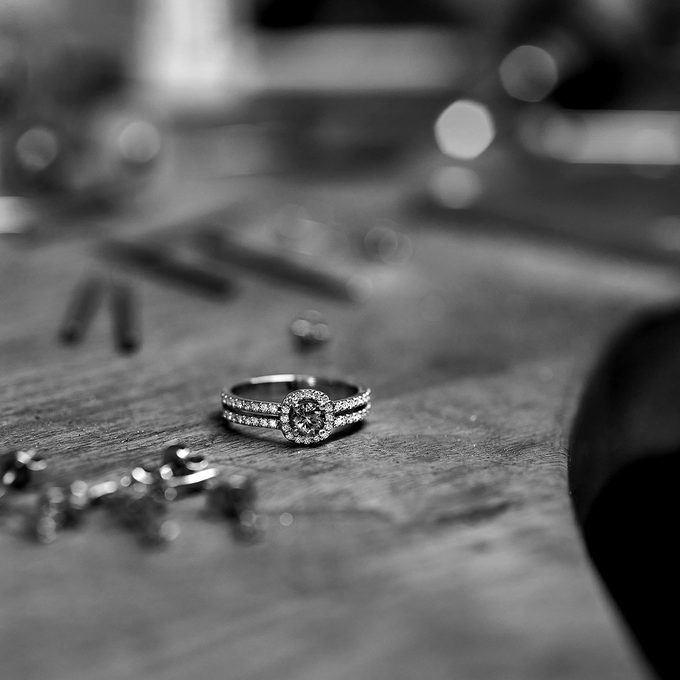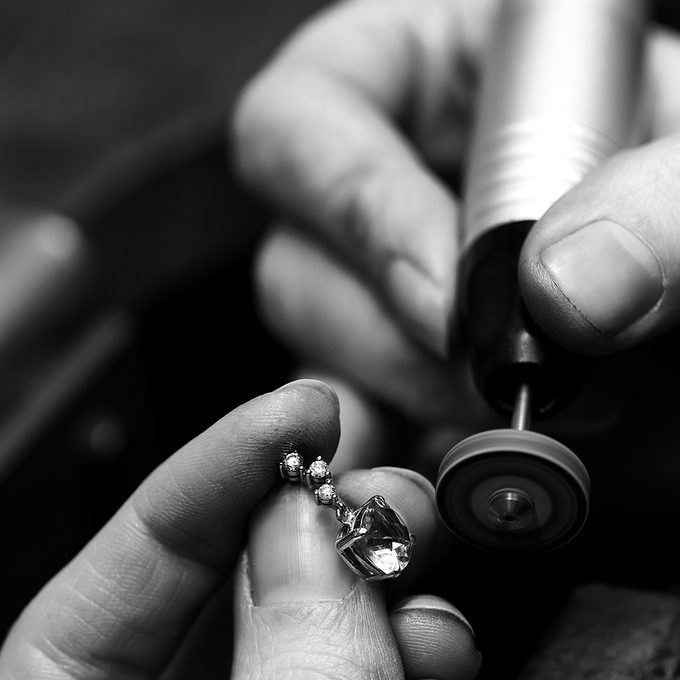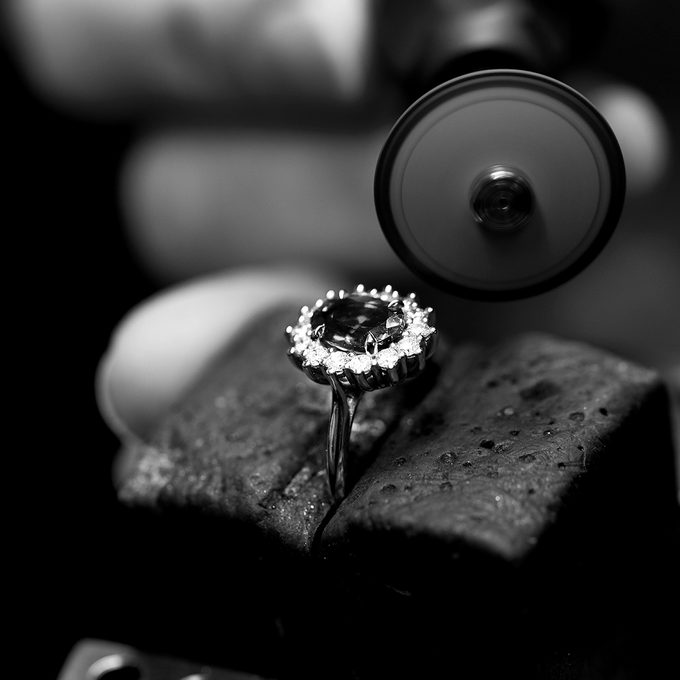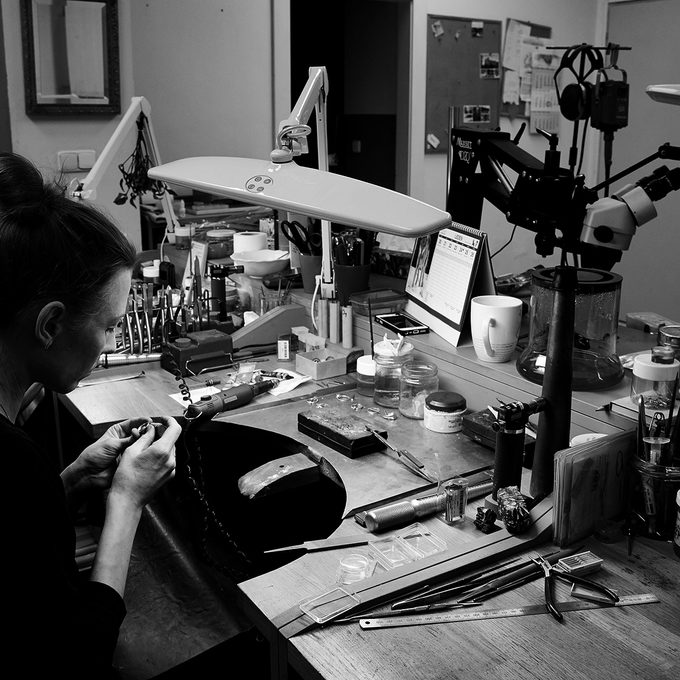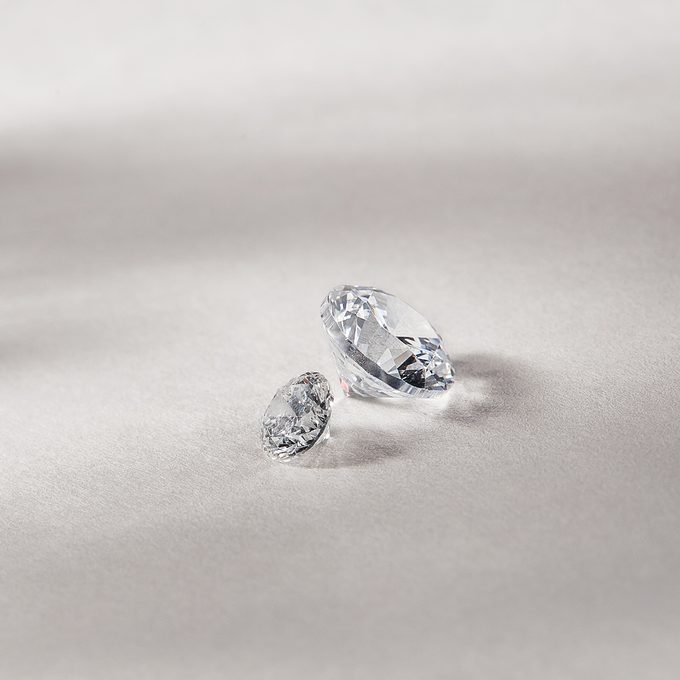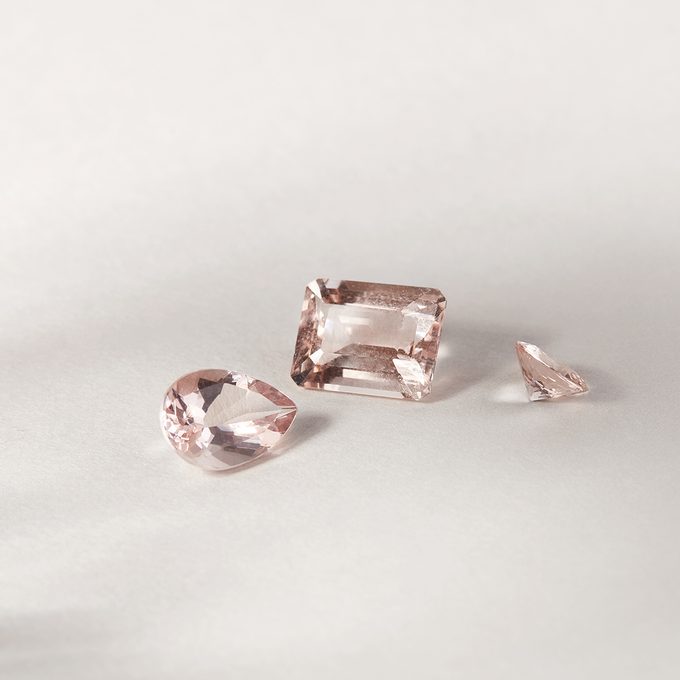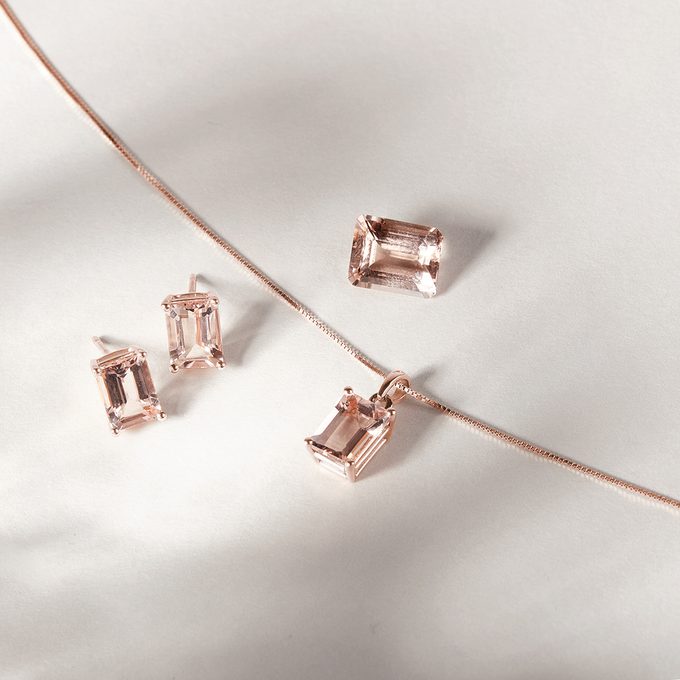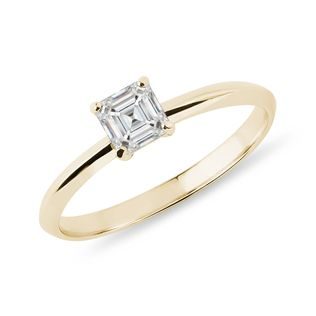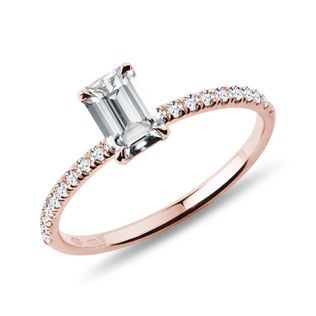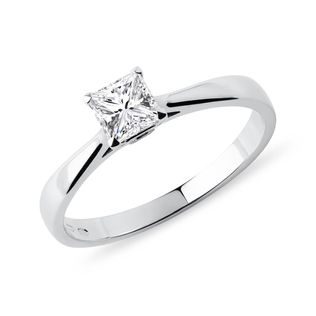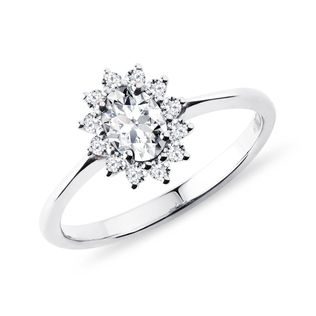A gemstone in its natural, uncut form is often indistinguishable from an ordinary stone. It is only by being cut and polished that it becomes beautiful. When it is cut, it allows the gemstone to shine to the fullest and to show off its hidden beauty of colors, sparkle and other unique properties. In this article, we will reveal the process of the very precise and traditional craft of gem cutting.
The origins of gem cutting
Mineralogy as a science in the true sense of the word only began to develop roughly at the end of the 18th century. Until then, the study of gemstones was more akin to fortune-telling from a crystal ball and in the Middle Ages, Europeans were far behind the Arabs in this field. In 1048, a treatise written by Abu Rayhan al-Biruni described various techniques for cutting stones and the knowledge discussed in this work probably then spread to European territory.
We can judge what gem cutting was like in the Bohemian lands in the 14th century during the reign of Charles IV by looking at the St. Wenceslas crown or the paneling of the Chapel of the Holy Cross at Karlštejn. The shape of the cuts on the stones already suggests a more advanced level of cutting and polishing as well as the fact that certain techniques were used that were not yet commonplace at that time. Unfortunately however, we do not have any written records of these from this period.
A very important document describing the development of the gem cutter's craft and the methods of working gemstones is a document from the period of Rudolf II entitled Gemmarum et Lapidum Historia, published in 1609 by Anselmus Boetius de Boot. It is also the source of a picture of a quadrant, a cutting machine that allows a mineral to be cut into facets and rounded shapes, which is still used even today. In the 17th century, a major change came in the form of cutting the lower part of the stone into a point. Until this time, stones were cut with a flat base and this was the first time that light was to be intentionally used in minerals.
During the Renaissance, gem cutters were already able to cut minerals with a hardness of 8 on the Mohs scale. They used diamond abrasive pastes for this purpose, but because of the grittiness of these pastes, it left grooves in the gemstones. These are so typical of the period that they are one of the hallmarks when dating jewelry work from the Renaissance.
In Bohemia, the town of Turnov and its surroundings became the center of gem cutting. In addition to minerals, glass, which was used in Jablonec jewelry also began to be cut here. The cutters later divided into two groups. One specialized in cutting minerals while the other in glassmaking and cut glass.
Faceting
The most sophisticated way to finish off the look of precious stones is to cut the surface into many flat areas called facets. These have an important function since they reflect and transmit light depending on the angle at which the light strikes them. Each facet has a specific role. A stone which has been cut is an ingeniously thought out object that uses the principle of refraction from physics. The aim of cutting the stone is to reflect as much of the light entering the stone back through the table (the flat top of the stone) and the facets to the human eye.
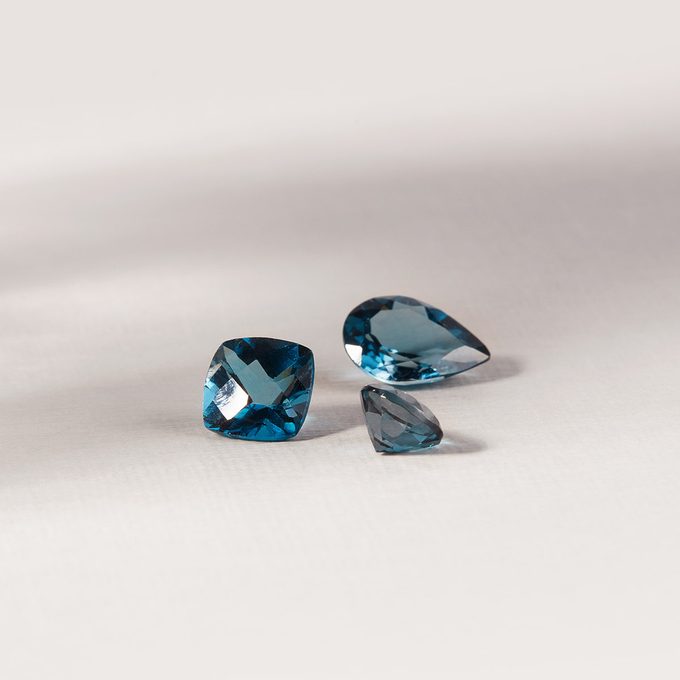
Gem cutting methods in practice
It is absolutely essential for cutters to know the characteristics of the stone in question, as these will be their best guide for choosing the right cut. However attention also has to be paid to the specific stone being worked on and its particular qualities, which include transparency, the number of inclusions and, most importantly, the number of fractures. It is the gem cutter's job to choose the appropriate cut for the stone so that its best features stand out the most.
Diamond cutting
Diamond cutting requires special technology. The rough diamond is scanned before the process begins and a 3D model is then created in the computer. Based on this model and any imperfections it reveals, the most suitable shape and type of cut is then selected. When the diamonds are initially worked on, the way they cleave is used in the process. The area where the stone will be split is marked with a laser, then cut and split by a strike with a hammer or mallet. In professional workshops, special circular diamond saws are used to cut diamonds.
Diamond cutting companies
The most famous diamond cutting workshops were located in Amsterdam and later in Antwerp, where many Dutch cutters moved. An example is the well-known Coster Diamonds BV cutters which cut the famous Koh-I-Noor diamond that adorns the British Crown Jewels. The oldest diamond cutting company was Van Moppes Diamonds, founded in 1828. Many Dutch diamond cutters are renowned to this day, even though they are far from being the only cutters in the world anymore. Israel for example has become a competitor, where old Jewish families which originally came from Antwerp continue the tradition. Other current gem cutting centers are in India, China and Africa.
Assessing gemstone cuts
Each cut has clearly defined parameters that must be followed to maximize the use of the light. However this does not always happen. It may be due to a poor choice of cut that does not match the shape of the raw stone or a deliberate failure to adhere to the guidelines in order to increase the carat weight (and thereby also the price) of the final piece. This assessment category is called proportion and it is very much taken into account.
Small details that can only be seen through careful examination with a magnifying glass are also taken into account when evaluating the cut. The gemologist observes the size and symmetry of the individual facets, their sharpness and mutual continuity, the symmetry of the entire cut as well as the good centering of the main facets. The surface finish is also very important and the quality of the polish on the stone is taken into account. The surface should be completely smooth and without any scratches.
The internal characteristics of the stones such as its brilliance, fire and scintillation are also assessed. Brilliance is the degree of white light reflected. Fire on the other hand refers to the number of spectral colors which the light coming out of the diamond breaks down into. Scintillation occurs when the diamond is moved from side to side and the amount and pattern of light and dark areas within the stone is also assessed in this category.

A sophisticated system designed by the GIA helps when grading the cuts on diamonds. It divides diamonds into five categories.
Excellent
The best quality diamonds are designated EX and account for approximately 3% of the world's total diamond production. They are just about perfect and reflect almost all of the light that hits them.
Very Good
VG diamonds are a close second. To the untrained eye, they are indistinguishable from completely perfect diamonds. They reflect almost all the light that hits them, but they are not quite perfect. They account for about 15% of the world's total production.
Good
The happy medium is called G. About a quarter of diamonds which are cut fall into this category. They reflect most of the light.
Fair
In fourth place are diamonds rated F. This is still considered to be a quality cut but these diamonds shine much less than the previous ones.
Poor cut
The final fifth place is referred to as P. These cuts are rated as poor and do not meet the criteria for a quality cut. Light is practically not reflected back at all and leaks through the diamond. The stone appears dark, it doesn’t sparkle and it is not attractive.
The gemstone cuts used in KLENOTA jewelry
KLENOTA jewelry is typically set with stones with a quality rating of VG. A traditional and very popular cut, especially for engagement rings, is the brilliant cut. However we also like to work with less traditional cuts such as the heart, asscher, princess, emerald and others at our studio. The visual quality, size and symmetry are all crucial for these cuts, since they affect the overall impression of the jewelry as well as the quality of the setting – that is, that the stone fits perfectly in the ring and doesn’t fall out over time.
Stone setting is a master craft in the jewelry industry and requires top quality control and excellent stone setters. We have devoted a separate article on our blog just to this topic and In it you’ll find out how this precise craft evolved and how we set stones into jewelry nowadays.
